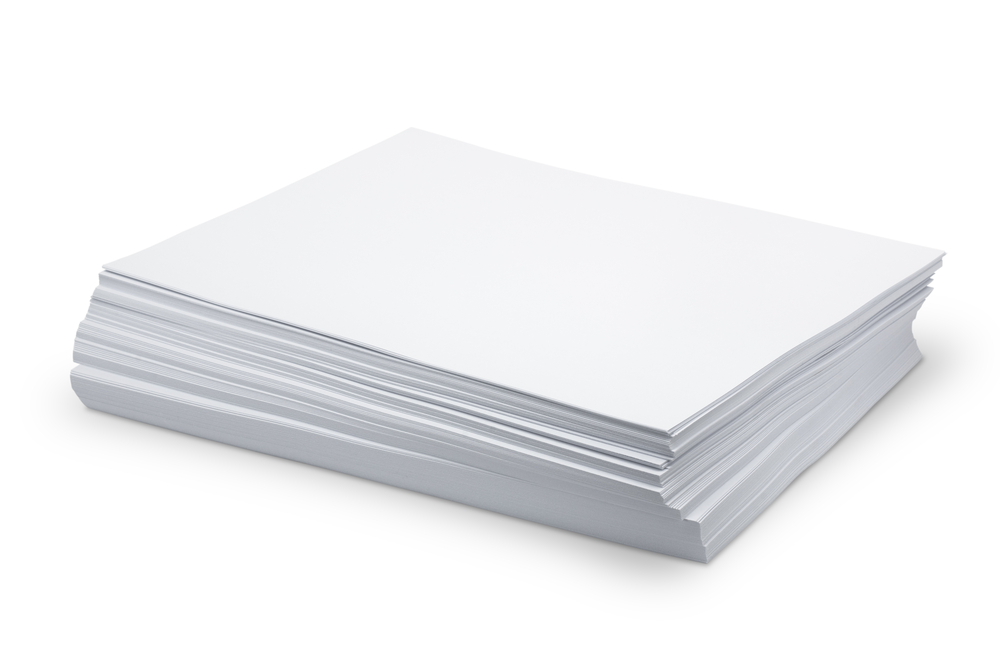Paper In a world dominated by digital screens and virtual communication, it’s easy to overlook the significance of a simple sheet of paper. Yet, this humble material has played a vital role in human history and continues to be an indispensable part of our lives. Let’s delve into the world of paper, exploring its types, manufacturing process, environmental impact, applications, and its enduring relevance in the digital age.
Introduction to Paper
Definition of paper: Paper is a thin material produced from the pulp of wood, rags, or other fibrous materials, typically used for writing, printing, or packaging.
Historical background: The invention of paper dates back to ancient China, where it was first made from mulberry bark and hemp fibers. Over the centuries, papermaking techniques spread to the Middle East, Europe, and beyond, revolutionizing communication and knowledge dissemination.
Importance of paper in modern society: Despite the rise of digital technology, paper remains an essential medium for various purposes, from education and business to art and entertainment.
Types of Paper
Paper comes in a variety of types, each tailored to specific uses:
Printing paper: Used for newspapers, books, magazines, and other printed materials.
Writing paper: Ranging from notebook paper to high-quality stationery, suitable for writing by hand or with a printer.
Specialty paper: Includes specialty grades like tissue paper, crepe paper, and parchment, each designed for specific applications.
Manufacturing Process

The production of paper involves several stages:
Pulping: Wood chips or recycled paper are broken down into fibers through mechanical or chemical means.
Bleaching: The pulp is whitened using chemicals to remove impurities and achieve the desired brightness.
Forming and drying: The pulp is formed into sheets on a wire mesh screen and dried to remove excess moisture, resulting in finished paper.
Environmental Impact
While paper is a versatile and renewable resource, its production can have significant environmental consequences:
Deforestation concerns: The demand for wood pulp has led to deforestation in some regions, threatening biodiversity and contributing to climate change.
Recycling efforts: Recycling paper reduces the need for virgin pulp, conserves energy, and minimizes waste sent to landfills, making it an environmentally sustainable option.
Applications of Paper
Paper finds use in various industries and everyday products:
Publishing industry: Books, newspapers, and magazines rely on paper for printing and distribution.
Packaging materials: Cardboard boxes, paper bags, and wrapping paper provide packaging solutions for shipping and retail.
Stationery products: Notebooks, journals, greeting cards, and office supplies cater to personal and professional communication needs.
Digital vs. Paper
In the digital age, paper faces competition from electronic alternatives:
Advantages and disadvantages of digital documents: Digital formats offer convenience, accessibility, and eco-friendliness, but they also pose security risks and lack the tactile experience of paper.
Persistence of paper: Despite advances in technology, paper endures as a preferred medium for certain tasks, such as note-taking, brainstorming, and archival storage.
Future Trends
The future of paper is shaped by evolving consumer preferences and sustainability initiatives:
Sustainable paper production: Manufacturers are investing in eco-friendly practices, such as sourcing from certified forests, using recycled fibers, and reducing water and energy consumption.
Integration of technology: Innovations like electronic paper and smart packaging combine the advantages of paper with digital functionality, paving the way for new applications and experiences.
Conclusion
Paper may seem ordinary, but its versatility, tactile appeal, and enduring legacy make it an extraordinary medium. As we embrace technological advancements, let’s not forget the value of paper in preserving our stories, ideas, and connections with the world around us.
